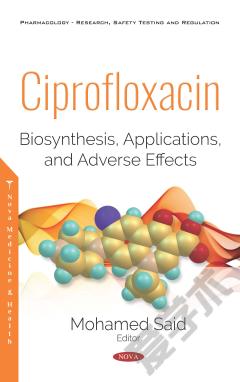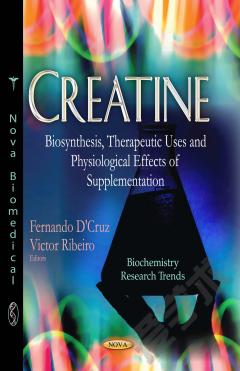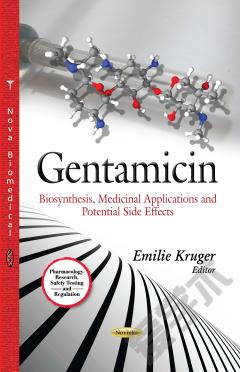Vancomycin: Biosynthesis, Clinical Uses and Adverse Effects
There have been news reports with the tales of many community acquired bacterial infections that lead to serious hospitalization. The last resort drug for these infections is vancomycin; an FDA approved glycopeptide antibiotic for the treatment of several bacterial infections, including infections caused by susceptible staphylococcus, streptococcus, enterococcus, and diphtheroid organisms. Around the world in 1997, initial reports of reduced vancomycin susceptibility in clinical isolates of staphylococcus aureus generated significant concern in the medical community. There has been uncertainty regarding optimal laboratory tests and the clinical relevance of reduced vancomycin susceptibility in S. aureus; changes in the Clinical and Laboratory Standards Institute (CLSI) breakpoints for vancomycin against S. aureus; and increasing concern regarding the efficacy of vancomycin for the treatment of infection due to gram-positive bacteria, such as S. aureous. Vancomycin can be administered either intravenously or orally, but in order to treat systemic infections, vancomycin must be administered intravenously. Identifying the changes in genome content or expression, which are associated with the acquisition of the different types of vancomycin resistance, is an important step in the process of understanding the molecular basis of resistance with the potential to provide leads both for new drug targets and diagnostic biomarkers. However, considering that vancomycin has a slow bactericidal activity, clinicians have to adequately prescribe vancomycin to avoid the acquisition of resistance under therapy and to facilitate the cure.
{{comment.content}}








 京公网安备 11010802027623号
京公网安备 11010802027623号